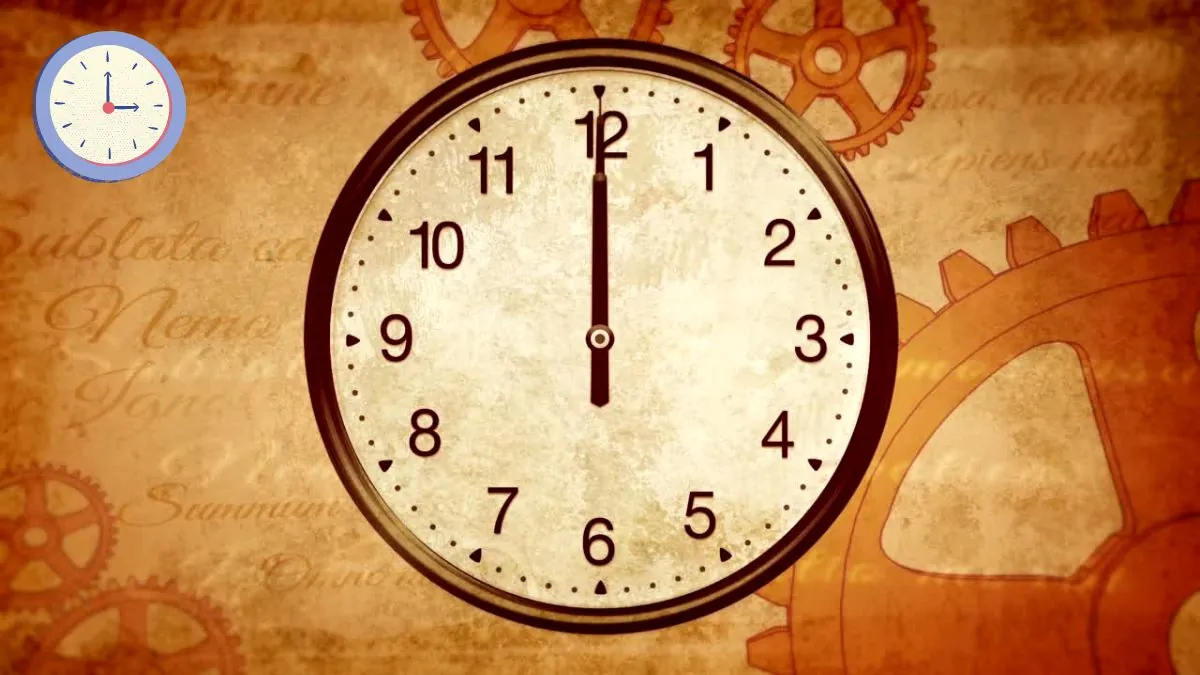According To Tododisca, While most U.S. states adjust their clocks twice a year for Daylight Saving Time (DST), some states and territories have chosen to stay on standard time year-round. Here’s a closer look at the places that have opted out of DST and the reasons behind their decisions.
States That Do Not Observe Daylight Saving Time
- Hawaii
Hawaii remains on standard time throughout the year due to its proximity to the equator. The tropical climate results in minimal variation in daylight hours, making the practice of changing clocks unnecessary. - Arizona (Except the Navajo Nation)
Arizona does not observe DST, largely due to its hot climate. Keeping the state on standard time helps reduce energy consumption by minimizing exposure to peak heat hours. However, the Navajo Nation, which spans parts of Arizona, Utah, and New Mexico, follows DST to maintain consistency across its territories.
U.S. Territories That Don’t Follow Daylight Saving Time
- Puerto Rico
- Guam
- American Samoa
- U.S. Virgin Islands
These territories, like Hawaii, are close to the equator and experience little change in daylight throughout the year, making DST unnecessary.
Why Some States and Territories Opt Out of Daylight Saving Time
The primary reasons for not observing DST are practical and geographical:
- Geographic Location: Areas near the equator, such as Hawaii, Puerto Rico, and Guam, see little variation in daylight hours throughout the year.
- Climate Considerations: Arizona’s decision is based on its extremely hot summers, where staying on standard time reduces heat exposure and energy consumption for cooling.
The Unique Case of the Navajo Nation
While Arizona does not observe DST, the Navajo Nation, which covers parts of Arizona, Utah, and New Mexico, adheres to DST to maintain consistency with regions outside Arizona that do follow the time change.
Future of Daylight Saving Time in the U.S.
The debate over the effectiveness and relevance of DST continues. Some states are considering making DST permanent, but such changes require federal approval. The future may see more states opting out or a nationwide shift in how time is managed.
By understanding the states and territories that do not observe Daylight Saving Time, we see the diversity in how different regions of the U.S. manage their clocks based on geographic and climatic needs.


